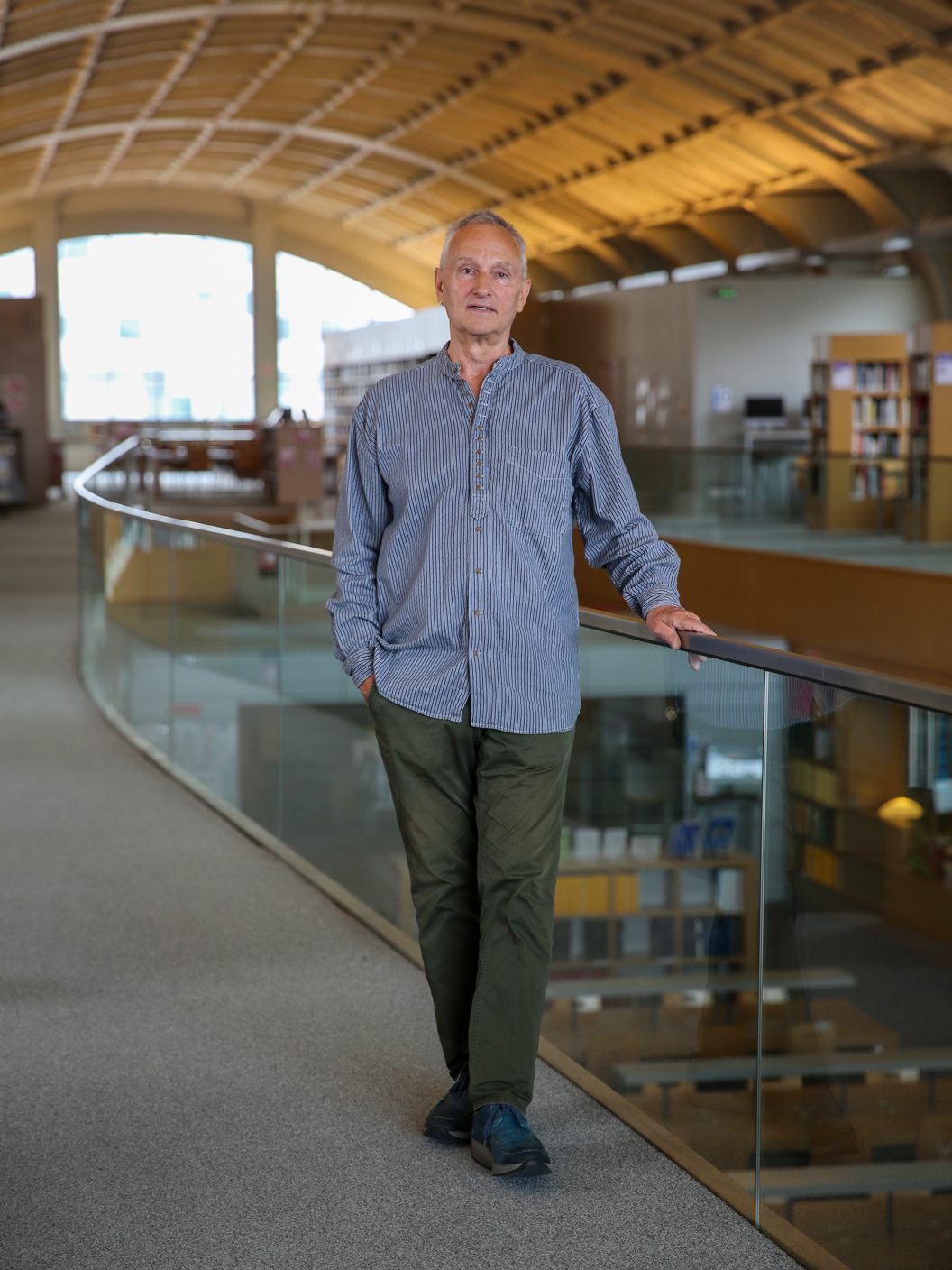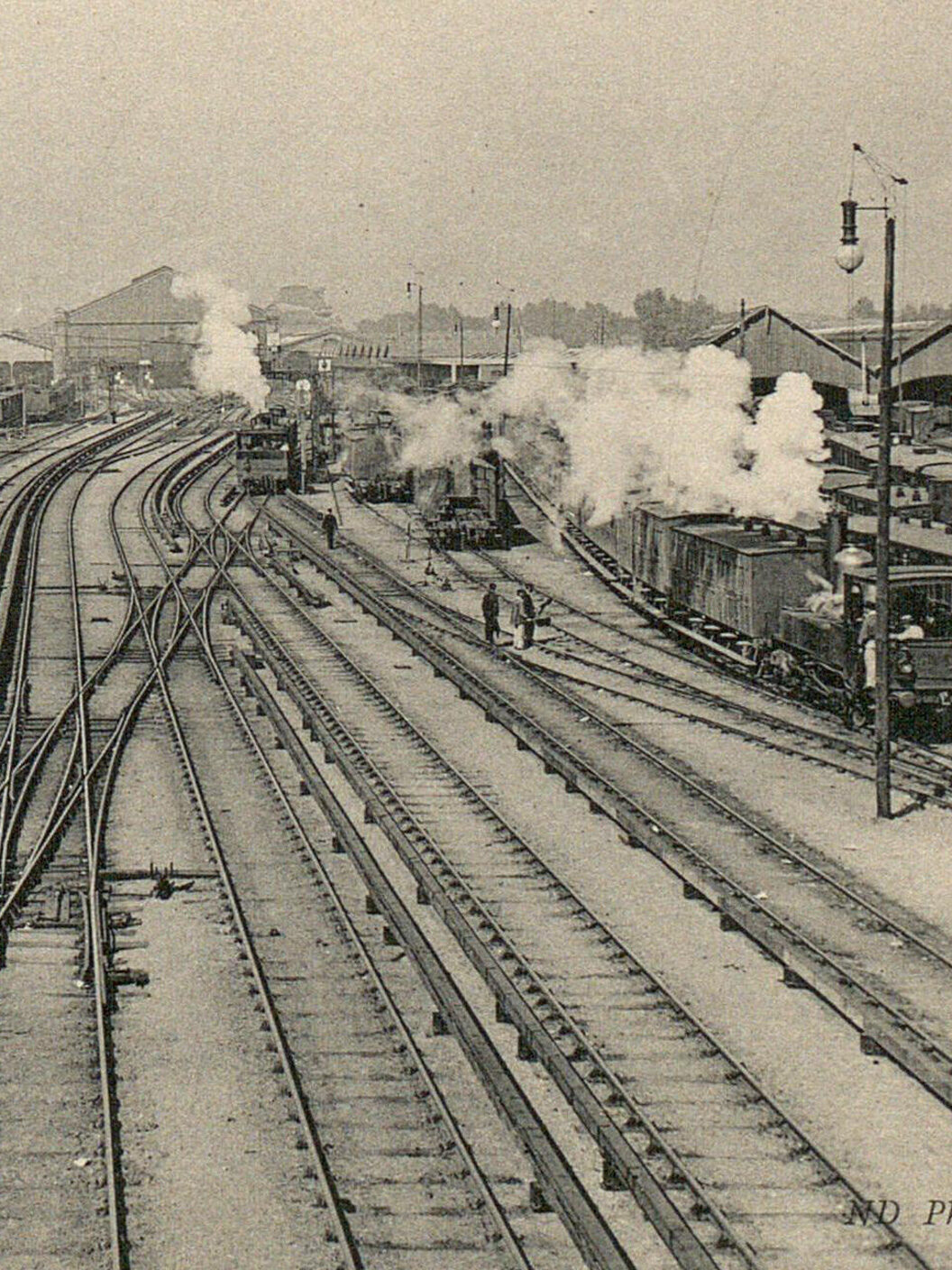
The turn of the 19th century
Until the beginning of the 19th century, the approximately 700m-wide strip of land stretching between the Gare d’Austerlitz railway station and the Paris ring road was a large, relatively undeveloped piece of flatland. This patchwork of crop-bearing fields and quarries would enter into a new era with the advent of the Industrial Revolution, as explained in these pages by Gilles-Antoine Langlois, a university professor, historian and urban planner.
Why wasn’t the area developed much sooner?
The main reason is the nature of the site. The land was subject to flooding several times a year because the riverbanks had remained in their natural state and were not built up until 1928. Apart from farming, only a few activities were developed: the collection of tolls (because a tax was levied on people entering Paris) and quarries for the extraction of rubble located at what is now the site of the Bibliothèque nationale. The few people who came to live on this strip of land were stonecutters and farmers eking out a precarious existence.
What were the first noteworthy buildings?
The first one, the building that gave the district a certain architectural standing, was the Saint‑Louis de la Salpêtrière chapel, the center of the general hospital created at the request of Louis XIV in 1656 to welcome, willingly or not, all homeless women. Its name derives from ‘saltpeter,’ a key chemical compound used in the manufacture of gunpowder, previously produced locally in what was then called the ‘Petit Arsenal.’ The second piece of construction work has left no trace other than the name of the district: La Gare (station). This has nothing to do with Gare d’Austerlitz station but it refers to a gare d’eau (water station), a harbor intended to provide safe anchorage for boats when the Seine was frozen over in winter. The harbor was designed and dug in the 1760’s but, ultimately, was never brought into use.
When did the district’s history really begin?
Around 1860, the development of the railway gave fresh impetus to the district, which then became fully caught up in the industrial revolution. While heavy products (stones, sand, barrels, etc.) were still transported by river, the railway then started to be used for moving lighter goods. One surprise was the unexpected development of passenger traffic. The platform of the Paris-Orleans line was officially opened in May 1843 and the Orleans-Bordeaux railway company, responsible for operating the line, housed its railway workers and their families on the rue de Bellièvre, thereby creating a first village.
So, a whole industrial fabric was then created?
Absolutely. Until 1970, the district was a place of continuous industrialization with its processing industries and warehouses set up between the Seine and the railway. With factories producing glass, paper, sugar, flourmilling, compressed air, etc., the area was marked by intense industrial activity for more than a century and a half. At that time, when the factories’ production facilities became obsolete and the price of land became very high, the companies left the district to build more modern factories elsewhere. The district was left abandoned for more than 20 years before people began showing fresh interest in it. A new chapter in its history could then begin…

Local historian
